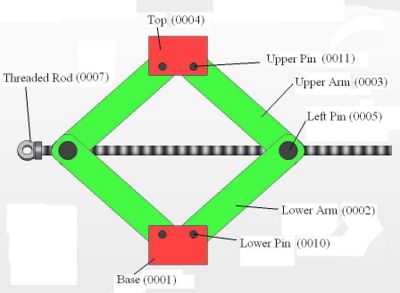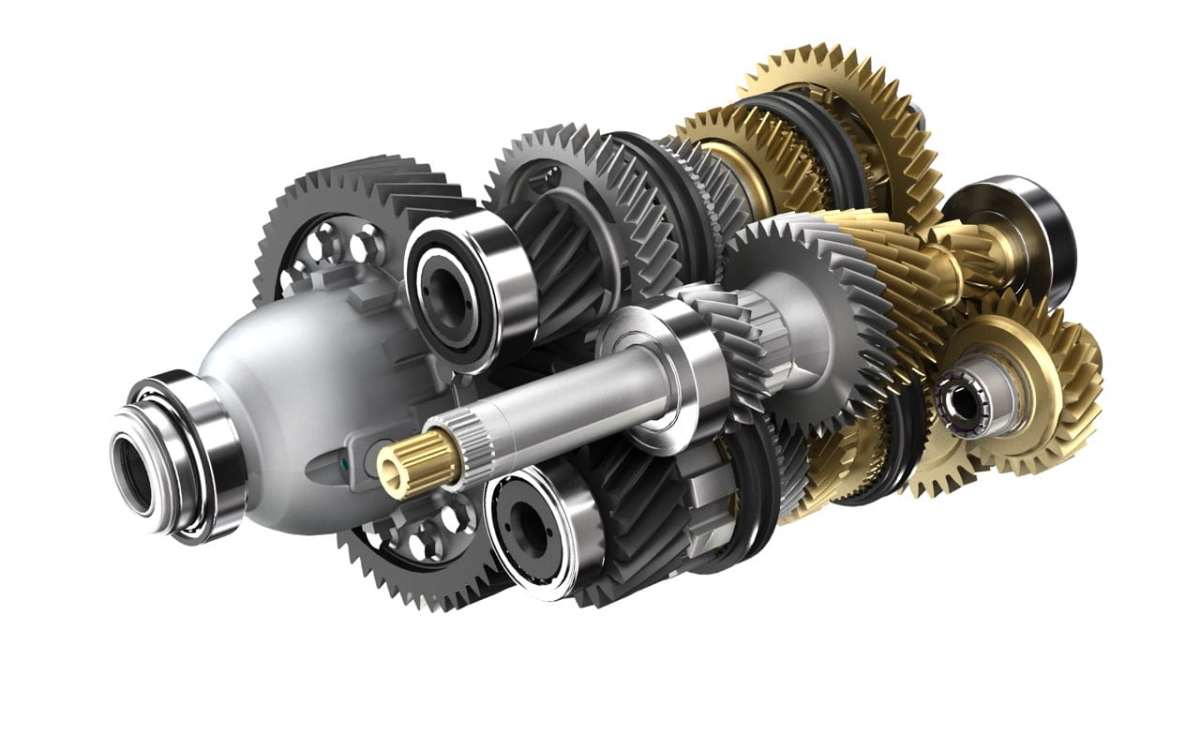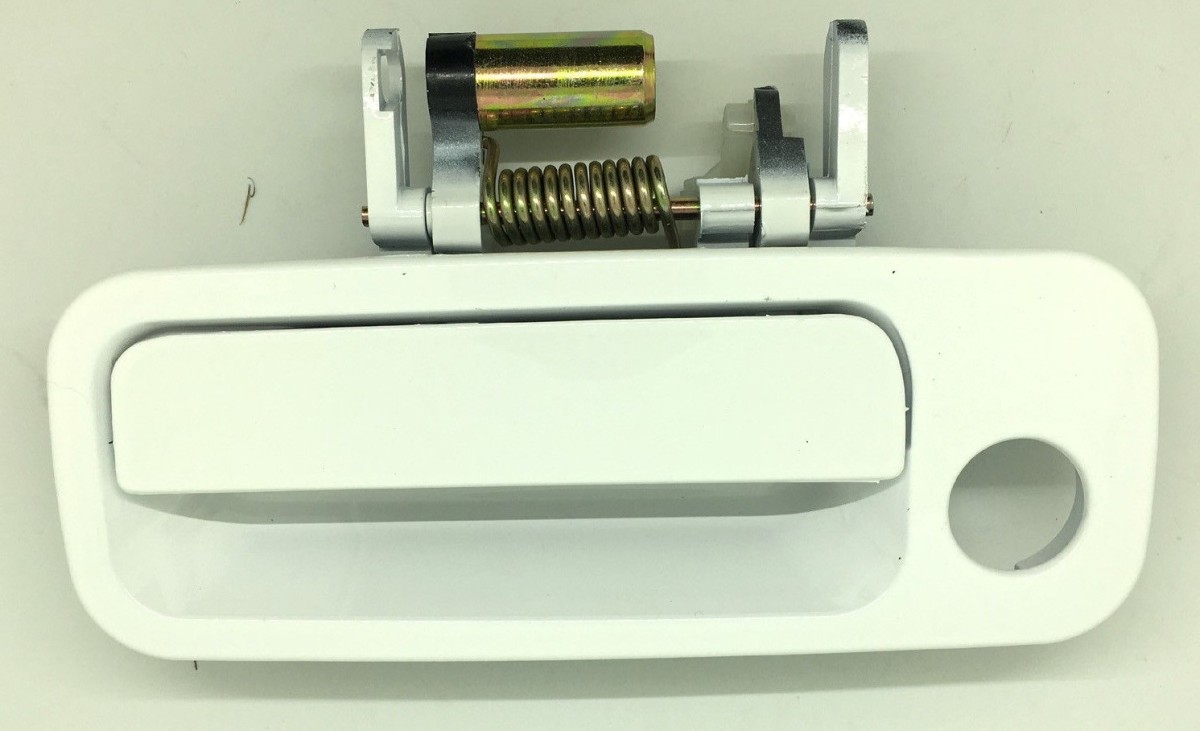Change Your Tyre
The tyre and the wheel
Many people talk of changing a tyre when they really mean changing a wheel. The tyre is the rubber part that touches the road, which you inflate or deflate when appropriate. You might inflate the tyres if you are going on a long fast journey, or slightly deflate the tyres if driving over snow.
The wheel is the metal part the tyre is fitted to, which itself fits to a plate that is attached to the axle. The engine provides the power to turn the axle, which turns the plates which turns the wheels. The tyres engage with the road. The tyre is designed to help the wheel hold the road. The grooves in the tyre channel water so the part between the grooves, called “the tread”, can engage with the road without the water interfering.
When the tyre has deflated without your permission, you have “a flat tyre” or “a flat”. You need to get that wheel off and put the spare wheel on so you can continue your journey.
Why did the tyre go flat?
The tyre can go flat for normally one of four reasons.
- A puncture, caused by a nail or a screw or a stone wedged into the tyre. The weight of the car presses the hard object, which is forced deeper into the tyre. Eventually it punctures the inner tube of the fire causing a leak. When the weight of the car is directly on the foreign object, it may act as a plug to prevent air loss but the puncture lets out air when the car weight is pressing on the inner tube and the plug is not pressed against the road. Many modern cars do not have inner tubes. If your vehicle is stationary the weight of the car presses down. If your foreign object is close to the bottom of the tyre there is a slight distortion and the air escapes past your foreign object.The puncture can also be caused by the local intellectuals slashing your tyres.
- If you hit a hard object such as the kerb or a log lying in the road with your wheel, it may bend or distort the rim into which the tyre fits. This will break the seal between the rim and the tyre and the air will shoot out, often causing a catostraphic burst.
- A faulty valve, which lets air out of your tyre.
- The “tread” is too worn and the inner tube, which is not designed for friction, is directly in contact with the road as you drive. If you do not have an inner tube the tyre will deteriorate way beyond illegal and way beyond dangerous. It can then puncture but you should not be on the road with a tyre in that condition.
Can I avoid changing my tyre?
The first question is whether there is any way to avoid changing a wheel. I carry a compressor, which is an electric pump that fits to my cigarette lighter and is powered by my car battery. Quite often the compressor can rescue the situation by pumping up to a level where I can safely drive to a gas station. (I am English so I would drive to a “petrol station”).
Another possibility, if you are at a gas or petrol station is to use the air machine. If you are getting frustrated because the tyre is just not pumping up, try setting the air to double the setting you normally use. Once you are close to where you want to be, adjust the setting again. I do not know why this works, but it has worked for me.
Before you change your tyre
Suppose you really have to change the wheel. Before you start, are you in as safe a location as possible? Think “idiot driver”, and think about other drivers. Are they likely to crash into you? You did not choose your location I appreciate, but can you do anything to reduce danger?
Are you on a level location, because a slope can be dangerous. Is the neighbourhood a dangerous neighbourhood – people or animals? If you have passengers where are they going to sit or play so as not to get in the way or get into danger? They cannot stay in the car because that adds to the difficulty.
Check your spare wheel, first of all to see that there is one and that it is not flat. Your spare wheel is usually in the boot or trunk of your car covered by a board or flap to create a level surface above the spare wheel. With some vehicles it is under the car or attached to the rear door or even to the roof. The necessary tools are usually with it. They may be in little flaps behind the rear lights or in the rear door or between the spare wheel and the rear door.
To check the spare wheel, put all your weight on the wheel. Bounce it. A good wheel does not change shape. A flat tyre does change shape. As a matter of interest, when did you last check the pressure on this tyre? If you are lucky it is still usable. You should check your spare wheel tyre pressure every time you check your other tyre pressures. You should check your tyre pressures once a week, and more often with high performance or rough terrain vehicles.
Check you have a jack for raising and lowering the car and a wheel brace for turning the wheel nuts. The wheel brace is often an X shape but may look like a single bar. That is all you really need but many people use a board or mat to kneel on to keep their clothes clean and dry because you will have to kneel down. A screwdriver to lever off the trim is helpful. Some people have extension pieces for their jack and their wheel brace to increase leverage – useful if you have it. Some people carry lubricant like WD40 to put on the wheel nuts, but this is rarely necessary.
Lock Nuts
Once you know how, it is very easy to remove a hub cap or a wheel. In some areas in our big cities a car left unguarded will be lifted onto bricks and all the wheels stolen. An anti-theft device is the "lock nut" where the manufacturer fits the wheels and hubcaps with unusually shaped nuts that cannot be worked with a normal spanner. Inside the trunk or boot of the car, often hidden with the spare wheel or in a little side compartment, is one or a set of curiously shaped objects. They or it is placed over the wheelnut providing then a standard shape for the spanner to work on. Do not forget to put them back where you found them - for next time.
One kind of car jack

Getting the wheel off
Changing a wheel is not about using your physical strength. It is about using your brain to minimise effort and to avoid danger.
Start by putting the hand brake full on. The handbrake is essential. The handbrake and the three other wheels hold the car still so it does not slip off or roll off the jack. This is straightforward on a level surface but difficult on a slope. On a steep slope you may have to wedge the wheels to stop the car slipping.
Turn the engine off. Move the spare wheel close to the flat wheel you are going to remove. Engage the jack against the underside of the car. The jack must be close to the flat wheel and towards the centre of the car rather than towards the front or back of the car. Most cars have ridges or spaces under the car designed to take a jack. Your car manual will show the locations - otherwise get down and look. Adjust the jack so it is in exactly the right location but is not yet taking any weight.
You want to loosen the wheel nuts, but you are not yet trying to remove the wheel. Remove any trim so you can see the wheel nuts. If you have trouble removing the trim use a screwdriver or non-essential key for leverage. Loosen the wheel nuts, but do not remove them. To loosen the wheel nuts put your spanner onto the highest nut, and have the long part somewhere between 8 o’clock and 11 o’clock. The rule with spanners is “Right to tight and Left to loose.” Push the long part down. If that does not work, and it usually will not, stand on the long part. Remember you are using the weight of the car to hold the wheel still, and your weight to turn the nut. If it still will not go, check the spanner is properly engaged with the nut. Stand on it again and rock yourself up and down. If that does not work, ask someone heavier to try. Then try the lubricant. If it still will not give this is because it was mechanically tightened too far when the wheel was put on and you need a power wheel brace to take it off..
Once you have loosened the wheel nut to the point where it will move with a spanner – stop!
Now take the opposite wheel nut which logically will be the lowest wheel nut. If you have five wheel nuts loosen the two lowest next. Eventually you have all the wheel nuts loosened to the point where they will turn with a spanner. You successfully used the weight of the car and your own weight to loosen the wheel nuts.
You now need a container for the wheel nuts you are about to take off. The trim will often be appropriate, but find somewhere the nuts will not escape from.
Place your spare wheel next to the wheel you are going to replace - but on the outer side so as not to interfere with the jack. Now use the jack to raise the car. You only want to raise it a few inches. You can use the spare wheel as a guide. When the wheel nuts on the flat wheel have lifted to the same height as the nuts on the spare tyre, that is in theory enough, but give yourself another quarter inch to create clearance to manoeuvre the spare wheel.
Now take the wheel nuts off, taking opposite nuts off sequentially. Put the wheel nuts in the receptacle.
Getting the wheel on
Lift the flat wheel off. Lift the spare wheel onto the wheel studs which stick through the holes. You will have to kneel down to line up the holes and the wheel studs. Once one hole fits onto a wheel stud, the others will fit easily. Now attach the wheel nuts with your hand only, fitting highest and lowest, then the others. You turn clockwise (to the right to tight) Use the spanner lightly at this point.
Now lower the jack. Now we have the weight of the car on the wheel. Tighten the wheel nuts further. Put the spanner to somewhere between 1 o’clock and 4 o’clock. “Right to tight and left to loosen” .
Do not tighten them ridiculously tight because you may have to take them off again in the future.
Put the trim back on. Put your flat tyre and your tools in the car. Wash or wipe your hands if you can. Collect your passengers. Go.
Get your flat wheel fixed for next time. May it be a long time!
So how do I fix or change a tyre? - Take it to a garage because they have the equipment you need and they can do it in a few minutes. It is not worth fighting!
Car Maintenance Books
Also By Charles James
- Wills and Ellis - An Honest Garage
An honest non-gouging garage who are family owned and treat people right




